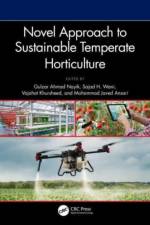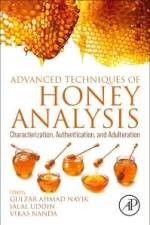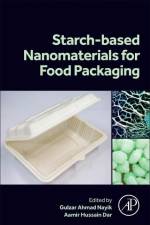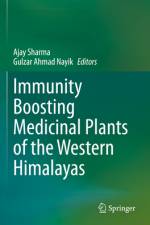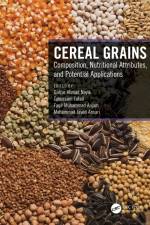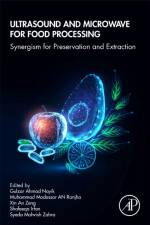av Gulzar Ahmad Nayik
1 699
In the current scenario, marked by a continual improvement in living standards, it becomes imperative to boost the productivity or rather the efficiency of agriculture, especially horticulture, which holds the potential for significant economic prosperity aligning with SDG goal number 8, 'Decent Work and Economic Growth'. Modern technological interventions, such as geospatial technology and Geographic Information System (GIS) technology, can be harnessed to yield effective results in addressing challenges and providing enhanced decision support, particularly in the planning of horticultural resource management. Fresh produce cultivation and production face several challenges, including prolonged juvenile phases and reproductive cycles with extended breeding periods, creating bottlenecks in the process. The evolving trends in biotechnology offer promising solutions for improving the selection of desirable traits. Biotechnological techniques aimed at improving fruit efficiency encompass tissue culture, induction of genetic variability, germplasm conservation, and molecular breeding/genomics. These methods involve the study of genetic diversity, DNA fingerprinting, and QTL analysis for marker-assisted selection. Over the past few decades, the global population has consistently risen, raising concerns about the ability of the current food system to adequately feed the anticipated 10 billion people in the next 30 years. While this challenge is deemed achievable, certain changes in both food production and consumption systems are essential to ensure sustainability, reduce food loss and waste, and contribute to a global shift towards healthier and more sustainable diets. Implementing sustainable models of crop production represents a significant undertaking. To address the growing food demand amid deteriorating production environments, there is a need for promising technologies and effective management options to enhance productivity.This book is poised to be a valuable resource for horticultural scientists operating in universities, government agencies, and research centers, offering insights into achieving sustainable cultivation practices for fruits. It stands out as the first of its kind, providing in-depth knowledge on environmentally friendly methods for cultivating temperate fruit crops, to reduce harmful emissions and pollution. The book will delve into the application of Geographic Information Systems (GIS) for estimating horticulture area expansion and crop yield. Additionally, it will encompass recent biotechnological interventions in horticulture, circular agriculture models, and emerging non-thermal food preservation techniques as significant components.Features: Aims to provide a comprehensive and integrated overview of current techno-statistical techniques employed in horticulture, delving into the associated livelihood benefits derived from the practice. Explores the novel geographical trends to identify the site suitability indices of several temperate fruits. Offers a comprehensive and integrated exploration of recent trends in biotechnological approaches aimed at enhancing food production, quality, and safety.

